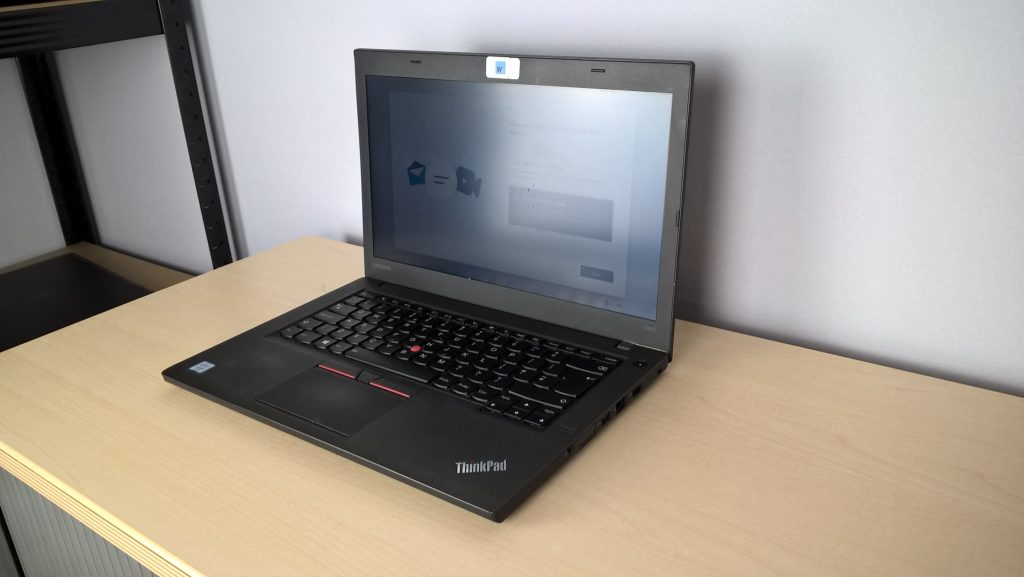Exploring Options for SAS Drives: My Journey with 15TB SSDs
Recently, I acquired a set of eight SAS drives that were extracted from a brand-new server rack. It’s fascinating how some companies discard perfectly functional equipment – a true lesson in resource management! Given the potential these drives offer, I’m eager to put them to good use.
First Steps: Ensuring the Drives Are Blank
Before anything else, I want to confirm that these drives are indeed blank. This is a crucial step, especially if I plan to repurpose them for personal storage solutions. Tools like hdparm or sg_map, available on various operating systems, can help assess the drives’ status and confirm whether they’re empty or contain any residual data.
Integration into My Setup: A Personal NAS or Home PC
Once the verification process is complete, I’ll consider how best to utilize at least one of these SAS drives. My initial thoughts are to potentially employ one as part of a home NAS (Network Attached Storage) system or to integrate it directly into my personal computer.
However, a little hiccup exists: my motherboard does not support SAS drives. While this might sound like a setback, there are viable solutions. I can consider using a PCIe SAS controller card, which would enable me to connect my SAS drives to the system effectively. This option seems to be the most straightforward for ensuring compatibility and maximizing the utility of these robust drives.
Overkill for My Needs?
It’s worth noting that each of these drives boasts a substantial 15TB capacity. While this storage exceeds what I anticipate needing, it’s always handy to have extra space, especially as data needs tend to grow over time. Plus, having a high-performance SSD could greatly enhance my data access speed, making it an attractive option for any future projects.
In conclusion, I’m excited to venture into this new project with the SAS drives. With a bit of verification and the right hardware, I should be able to transform these surplus drives into valuable storage solutions. If anyone has thoughts, tips, or experiences with SAS drives, I’d love to hear them!
Share this content:




Hi there,
Great to hear about your initiative to repurpose SAS drives! Your approach to verifying whether the drives are blank using tools like
hdparmorsg_mapis spot-on. It’s essential to confirm the drives’ current state before deploying them into your setup.Regarding connectivity, since your motherboard doesn’t support SAS directly, utilizing a PCIe SAS controller card is indeed a practical solution. When selecting a controller, ensure it is compatible with your motherboard and supports the number of drives you plan to connect. Popular options include LSI-based controllers or other models that support SAS 12Gbps or 6Gbps speeds, matching your drives’ capabilities.
Additionally, remember to install appropriate drivers for the controller card, which are often available from the manufacturer’s website. This can improve stability and performance when configuring your drives.
For configuring the drives, once connected, you might want to format them to your desired filesystem (e.g., EXT4, NTFS) depending on your operating system. Also, consider setting up RAID configurations if redundancy or performance improvements are your goal.
If you’re planning to use these drives as part of a NAS, look into software solutions like FreeNAS or Unraid, which support SAS drives and can provide a robust, easy-to-manage environment.
Hopefully, these